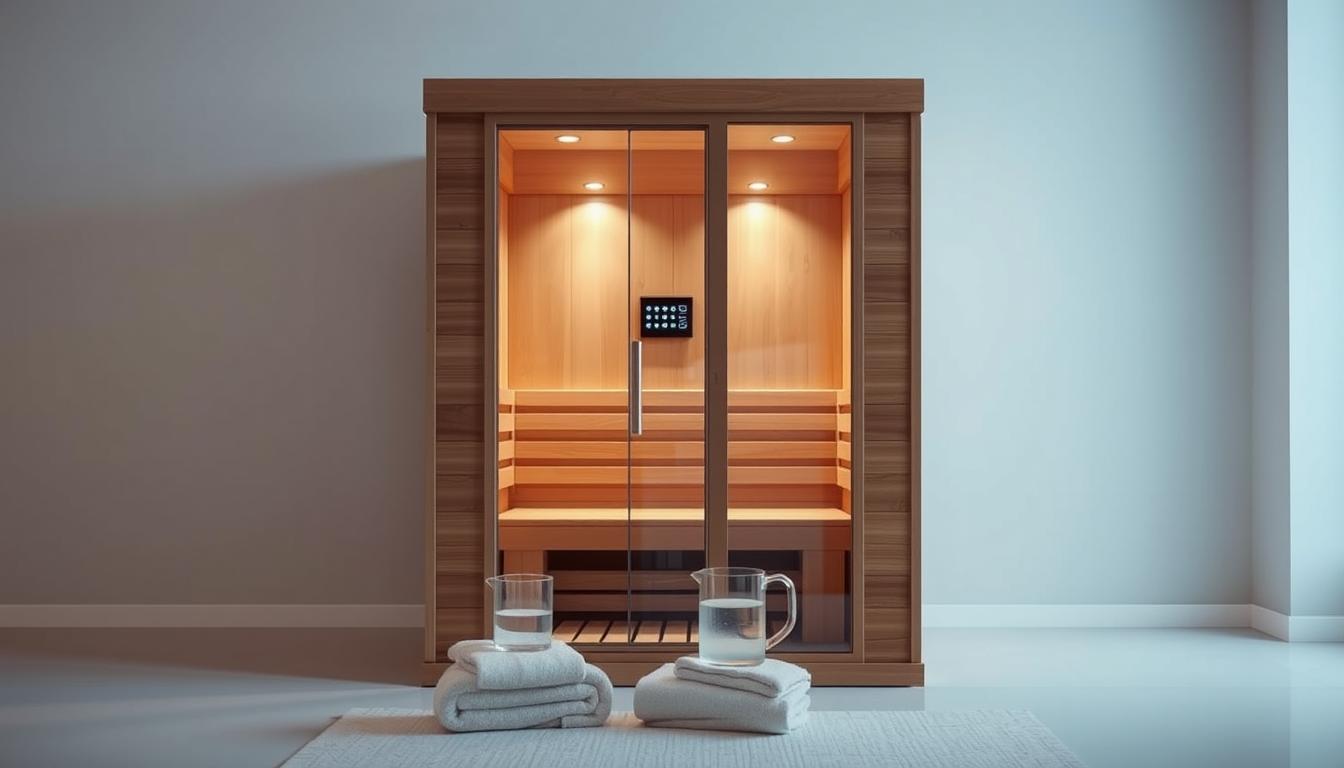
Infrared Saunas for the Home: Benefits and Buying Guide
Infrared Saunas for the Home : Benefits and Buying Guide
This concise guide helps health-minded shoppers in the United States decide which at-home heat therapy fits their space and goals. It blends clear comparisons, model examples, and buying tips so you can shop with confidence.
What to expect: short explanations of how an infrared sauna differs from a traditional heated room, practical advice on size and installation, and notes on heater types such as far-spectrum versus full-spectrum.

Examples from trusted makers — Dynamic, Maxxus, SunRay, Finnmark Designs, and Sun Home — illustrate common features, price points, and sale policies. Look for perks like free shipping, 10-year warranties, and clear EMF labeling to protect long-term value.
By the end, you’ll know how to compare compact 1–2 person cabinets and larger 3–4 person models, match a unit to your space, and spot promotions that affect total shipping costs and protections.
Key Takeaways
- Understand key heater types and real-world differences before you buy.
- Match size to space: small cabins suit apartments, larger builds fit families.
- Watch for verified policies like free shipping and strong warranties.
- Check EMF labels, wood species, and controls for daily comfort and upkeep.
- Compare brands and sale offers to balance price with long-term value.
Infrared Saunas for the Home
Practical factors — size, electrical needs, and shipping options — often determine which model ends up in a living room or spare room.
How this heat works: a light-based system warms your body directly rather than superheating cabin air. Many users report gentler comfort compared with traditional saunas and longer, more tolerable sessions.
https://www.youtube.com/watch?v=2LXRVjvSKTo
Wellness outcomes commonly sought include better sleep, perceived detoxification, temporary pain relief, immune support, and stress reduction. Far infrared and full spectrum choices both aim to support these goals when used regularly with hydration.
When shopping, compare cabin dimensions, electrical requirements, total price, and EMF labeling. Brands that advertise free shipping can simplify delivery and setup, which helps if you schedule an installer or have limited time.
- Pick a compact unit for one or two people or scale to a family-sized cabin.
- Check controls, interior light, audio, and session timers for repeatable daily therapy.
- Verify warranty and sale terms to avoid surprise costs at checkout.
Types of Home Infrared Saunas: Far, Full Spectrum, and Outdoor
Choose a style based on heat feel, EMF priorities, and where you plan to place a unit. Three popular options cover most needs: long-wave cabins that suit daily sessions, combined-wavelength systems for broader effects, and weatherproof outdoor builds.
Far Infrared: Gentle, deep-penetrating heat for daily therapy
Far infrared cabins use long-wavelength emitters that warm tissue deeply without very hot air. Many shoppers favor models like the Dynamic Barcelona and Maxxus low EMF units sized for small spaces.
These designs often fit a compact footprint and work well as a daily ritual when space and simple wiring matter.
Full Spectrum Infrared: Near, mid, and far wavelengths
Full spectrum systems layer near, mid, and far bands in one system. That offers surface warmth plus deeper comfort in a single session.
Look for near zero EMF labels on models such as Dynamic Santiago and Maxxus 2-person full spectrum options. Premium lines like Finnmark FD-1 and FD-2 show higher-end panel layouts and finishes.

Outdoor Infrared Saunas: Weather-ready builds
Outdoor infrared and backyard-ready cabins, such as the SunRay Cayenne 4-person outdoor infrared model, add roof seals and exterior finishes to resist the elements.
Check exact materials, maintenance needs, and the unit's listed EMF values. Size and placement matter, so match capacity to your household and plan installation before a seasonal sale.
Top Picks Today: Best Infrared Saunas by Use Case and Budget
This buyer roundup groups reliable units by footprint, heat type, and budget so you can act on current sale pricing with confidence.

Best 1–2 Person Far Infrared
Dynamic Barcelona and Maxxus low EMF models suit tight spaces. They heat efficiently and often appear on sale with free shipping, which lowers total price.
Best 2-Person Full Spectrum
Dynamic Santiago and Maxxus near zero EMF 2-person full spectrum units deliver layered wavelength coverage for shared sessions. These 2-person full models balance heater layout and low EMF labels for couples who want consistent results.
Best 3–4 Person & Corner Designs
For more room, consider Dynamic Bellagio and SunRay Roslyn. Maxxus 3 person corner designs reclaim unused areas without losing seating. Check exterior width and depth before purchase to confirm fit.
Premium Performance
Finnmark Designs FD-1 and FD-2 and Sun Home full-spectrum lines target buyers who want high-end finishes and coverage. Note some premium units may show sold-out flags today; monitor inventory and sale dates.
- Tip: Compare EMF specs, heater coverage, and control ergonomics across shortlisted units.
- Confirm whether listed prices include delivery to your address and if free shipping applies to bundles.
How to Choose the Right Unit for Your Home and Health Goals
Start by measuring your intended space and imagining how regular sessions will fit into your week. That simple step narrows choices by size, placement, and electrical access. Next, match capacity to routine: 1–2 person cabins work for solo or partner sessions, while 3–4 person and corner models suit shared weekly use.

Size, capacity, and layout
Measure width, depth, and clearance. Corner footprints save room but require checking bench layout and heater coverage so every seated person is comfortable.
Tip: Choose a slightly larger footprint if multiple people will use the unit weekly.
EMF considerations and heater systems
Look for low EMF or near zero EMF labels when exposure concerns matter. Models like Dynamic Santiago and Maxxus Near Zero EMF full spectrum illustrate how labeling guides risk-aware buyers.
Carbon panels are common in far infrared units and give even, gentle heat. Full spectrum arrays blend near, mid, and far elements to address both surface warmth and deeper body comfort.
Materials and features
Wood species, glass thickness, and seals affect durability and heat retention. Review controls, lighting, and built-in audio to match your relaxation needs.
Consider cost factors beyond the headline price: accessory bundles, shipping, and warranties. Policies such as free shipping, 30-day returns, and a 10-year warranty reduce purchase risk.
| Factor | What to check | Why it matters | Example |
| Size & Layout | Dimensions, corner vs. standard | Fit and comfort for people using it | Maxxus 3 Person Corner |
| EMF & Heaters | Low/near zero EMF, carbon vs. full spectrum | Exposure and heat profile | Dynamic Santiago, Maxxus Near Zero EMF |
| Materials & Features | Wood species, controls, lighting, audio | Durability and daily user experience | Sun Home full-spectrum models |
Price, Promotions, and What to Expect at Checkout
Sale timing and checkout details often decide whether a chosen model fits your budget. Start by noting list prices and how often models drop into a sale. Entry-level cabin prices sit well below premium full spectrum infrared builds. Premium units can carry higher wood and panel costs that affect final prices.
What to check before you buy:
- Confirm that free shipping applies to your address and that shipping timelines match installation plans.
- Look for a 30-day money-back policy, a 10-year warranty, and a 100% price-match guarantee.
- Review what's added to your cart—bundled accessories can change shipping boxes and total cost.

At checkout: delivery, warranty, and service
Choose delivery level: curbside, threshold, or room-of-choice. Each option can add handling fees and affect manpower needs on delivery day.
| Item | What to confirm | Why it matters |
| Shipping option | Curbside vs. room-of-choice | Affects final handling cost and setup effort |
| Returns & warranty | 30-day return, 10-year warranty details | Protects parts like heater arrays, controls, and wood |
| Price guarantees | 100% price-match policy | Gives confidence to complete a purchase during a sale |
If questions arise, prompt customer service can confirm lead times, parts availability, and tracking info so you can finish a purchase with confidence.
Conclusion
Practical choice rests on balancing comfort, installation needs, and features that encourage regular use. ,
Match size and layout first. Then weigh heater style — such as far infrared panels — alongside materials and controls to support your health goals.
Upgrades from traditional saunas often mean lower air temps with similar relaxation and steady sweat responses. That can help you do longer sessions and support recovery of the body.
Look to trusted examples like Dynamic Barcelona, Maxxus Corner, SunRay Roslyn, and Finnmark FD-1 when comparing fit and finishes. Buying from sellers that offer free shipping, clear warranty terms, and solid customer service reduces long-term risk.
Focus on consistent use, not features alone. A well-chosen infrared sauna becomes a reliable wellness anchor at home with lasting benefits for sleep, pain relief, and stress management.
FAQ
What are the main benefits of a home full spectrum unit compared with a traditional steam room?
Full spectrum systems deliver near, mid, and far wavelengths that target skin, muscle, and deep tissues. Users often report faster relief from muscle soreness, improved circulation, and enhanced relaxation without the high humidity of a steam unit. They heat the body directly, which can feel gentler and permit longer sessions while using less energy than many traditional models.
How do far and full spectrum models differ in therapy and results?
Far-wave models emphasize deep-penetrating warmth ideal for chronic aches and circulation. Full spectrum adds near and mid wavelengths to support skin health, collagen stimulation, and quicker surface warming. Choosing depends on whether you prioritize deep tissue relief or a broader range of therapeutic benefits.
Are outdoor builds durable enough for a patio or backyard installation?
Weather-ready builds use treated woods, sealed finishes, and robust electrical protection. Proper site preparation and a cover or overhang extend lifetime. Many manufacturers offer specific outdoor packages and guidance to prevent moisture damage and ensure safe operation.
What should I consider when selecting size and layout for a home unit?
Match capacity to typical use: solo or two-person units fit compact spaces; three- to four-person and corner models work well for families or couples who host. Also check ceiling height, door swing, and ventilation for comfort. Corner footprints can save floor area while offering larger seating.
How important is EMF level when comparing heater systems?
Low EMF or near-zero EMF systems reduce user exposure to electromagnetic fields and are a key feature for health-conscious buyers. Compare measured EMF values and choose carbon or patented heater arrays designed to minimize emissions if this is a priority.
What materials and features should I prioritize (wood, lighting, controls)?
Look for stable woods like Canadian hemlock or cedar for durability and low off-gassing. Integrated lighting and chromotherapy support mood and relaxation. User-friendly digital controls, preset programs, and quality audio options improve usability. Also check for easy assembly and ventilation options.
What price ranges and promotions can buyers expect?
Entry-level far-wave units start at modest prices for single users. Mid-range full spectrum and two-person models sit in the mid-price bracket, while premium performance and larger corner designs reach higher tiers. Seasonal sales, bundle offers, and free shipping can reduce out-of-pocket cost.
Do reputable sellers offer warranties and customer support?
Reliable brands back products with warranties that typically cover heaters and structural defects. Many provide 10-year limited warranties on woodwork and multi-year coverage on electronics, plus 30-day return or trial windows. Check customer-service response times and available installation assistance.
How long are typical sessions and what safety tips should I follow?
Most sessions last 20–40 minutes at moderate temperatures. Stay hydrated, avoid alcohol, and begin with shorter sessions when new to heat therapy. Consult a physician if pregnant, on certain medications, or managing cardiovascular conditions.
Can these units help with chronic pain and muscle recovery?
Many users report reduced pain intensity and quicker recovery after workouts. Far and full spectrum wavelengths increase blood flow and relax muscles, which supports healing. Results vary, so integrate use with medical care and physical therapy for best outcomes.
What about installation and electrical requirements?
Most single- and two-person units run on standard household circuits, but larger or premium models may need dedicated lines or 220V service. Professional installation ensures correct grounding and compliance with local codes. Always confirm electrical specs before purchase.
Are low-EMF claims verified and how can I confirm them?
Trusted manufacturers publish measured EMF values or third-party lab reports. Request test data, look for industry-standard measurements, and read independent reviews. Near-zero EMF designs use heater placement and shielding to reduce exposure.
What warranty and return policies should buyers expect at checkout?
Standard offers include limited warranties on heaters and structure, plus customer-support warranties for electronic components. Many retailers advertise free shipping, price-match policies, and trial windows. Read terms for shipping costs, assembly fees, and return restocking rules.

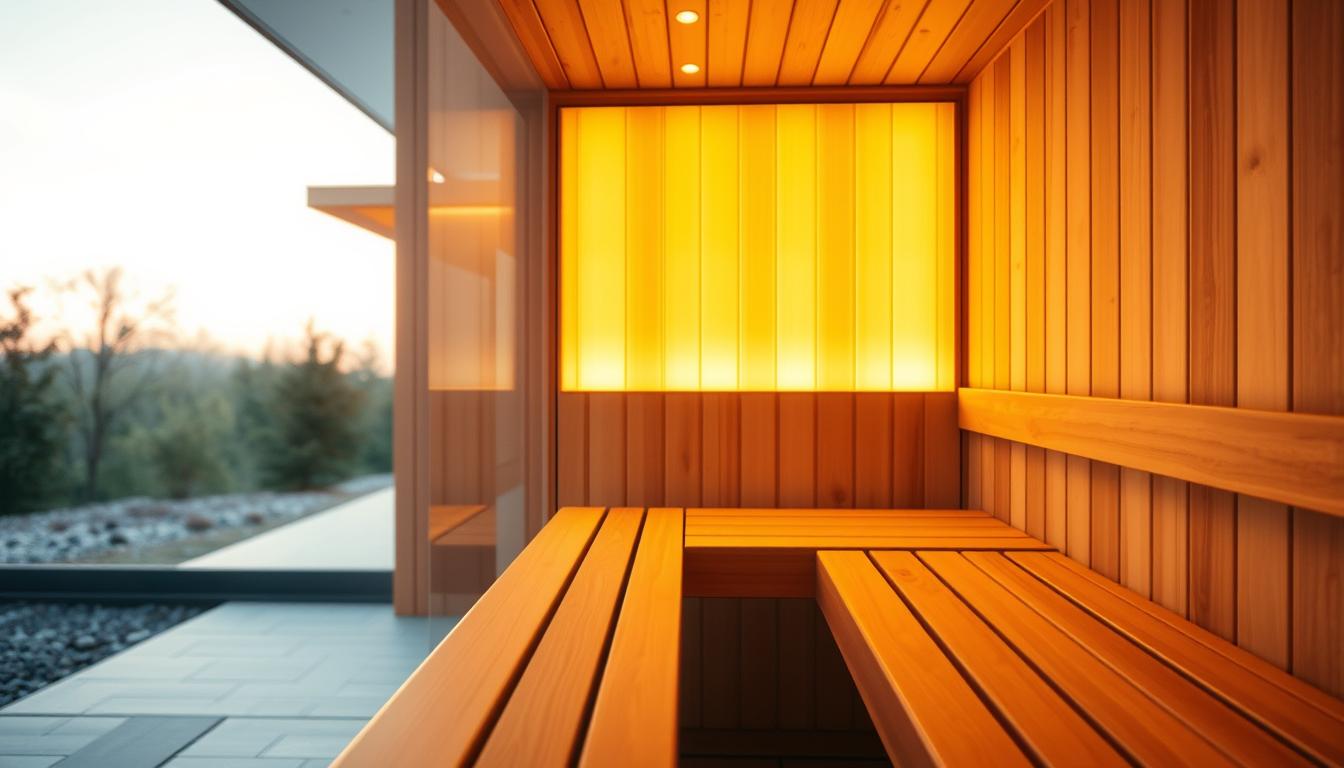
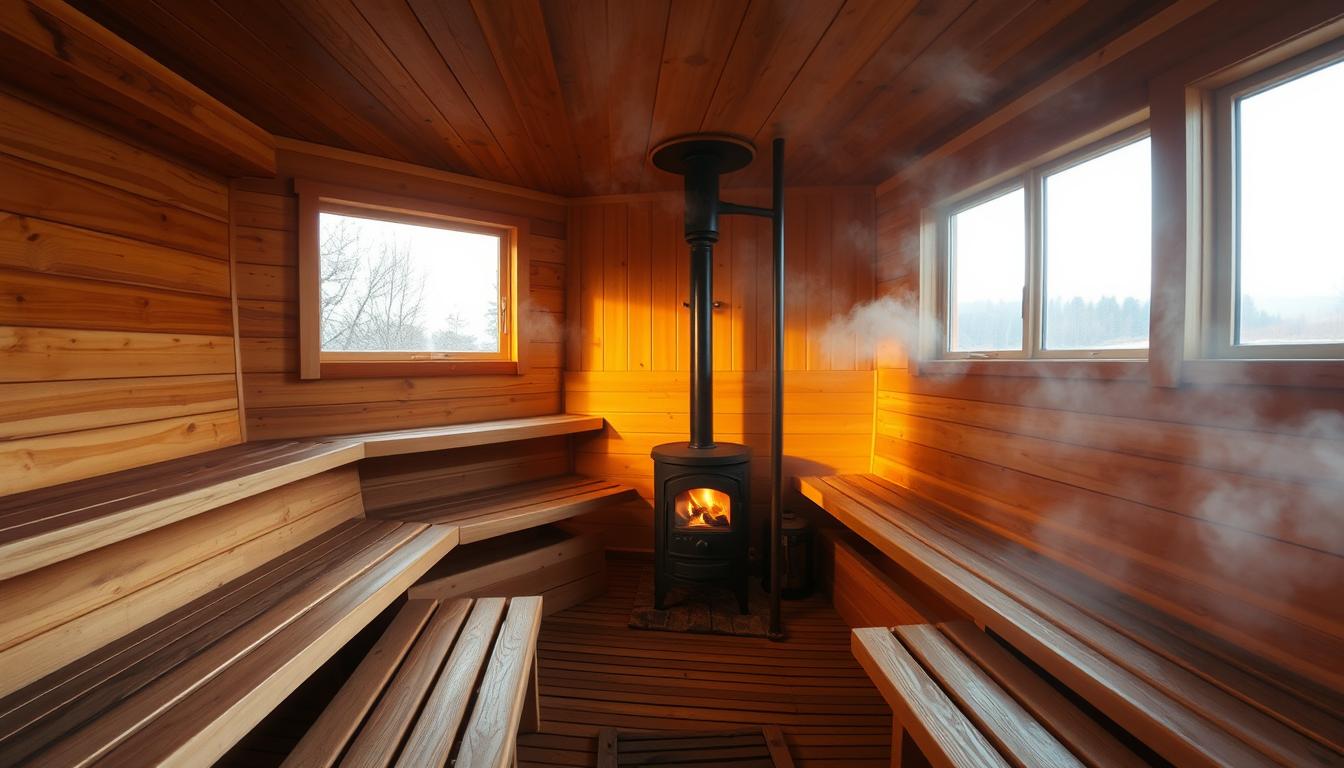
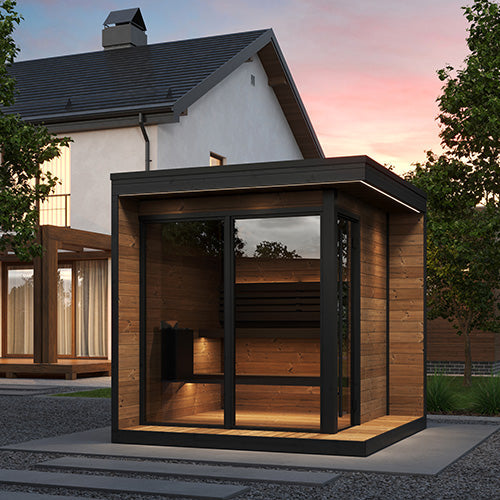
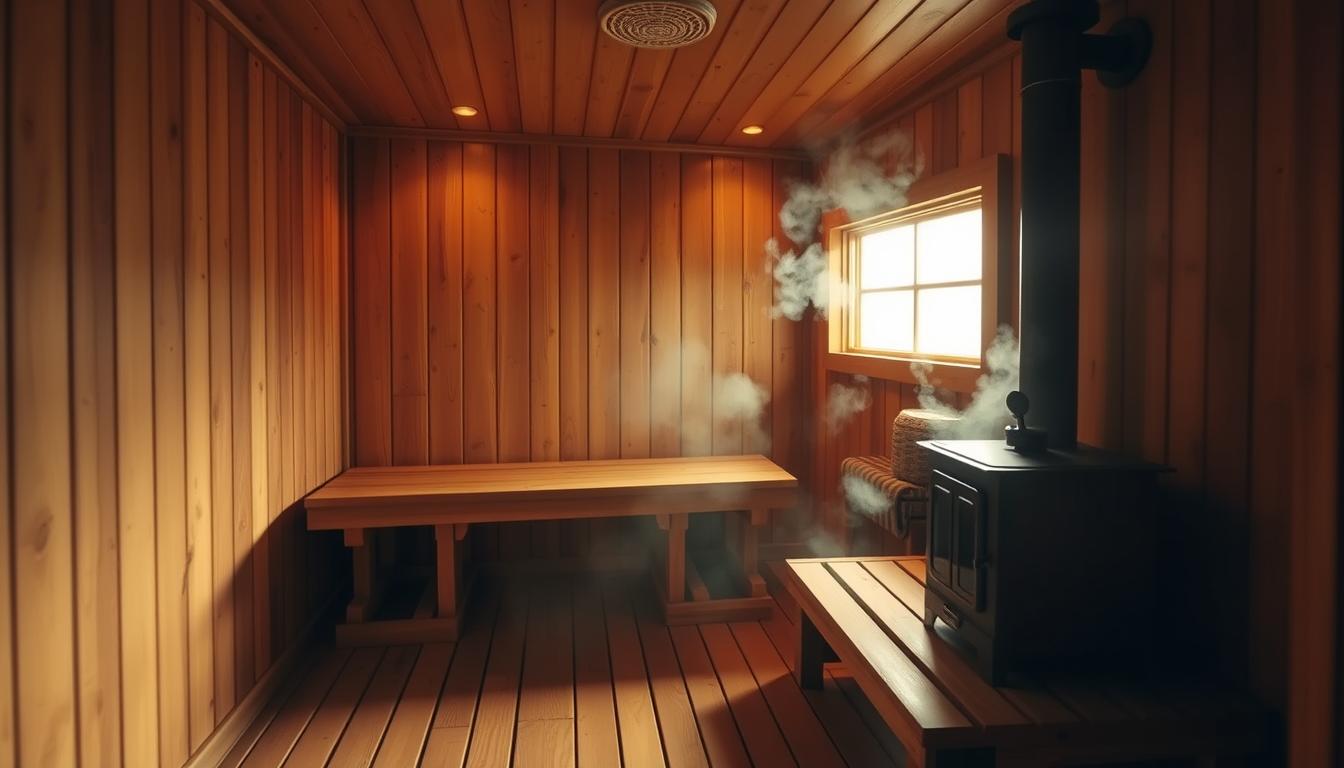

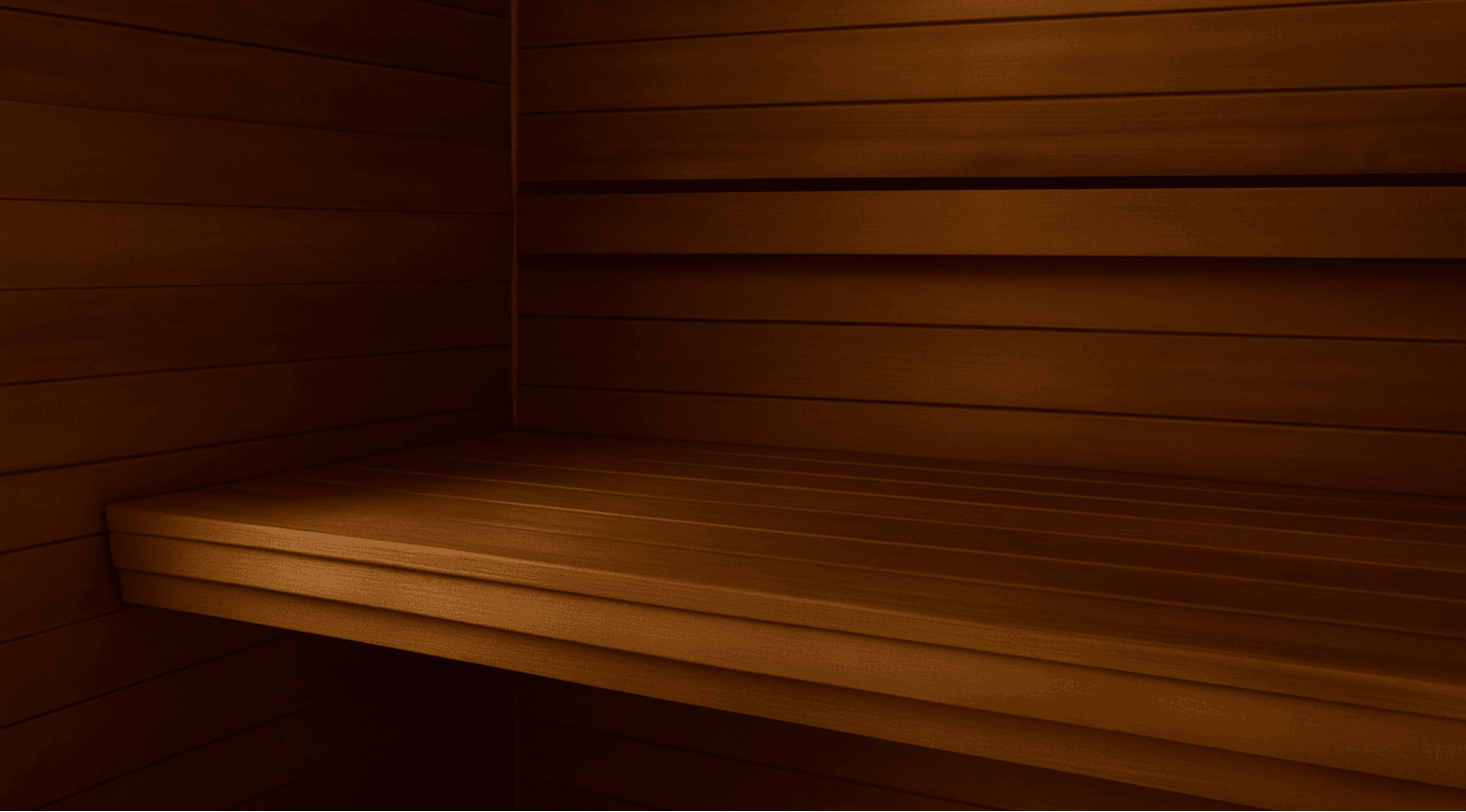
Leave a comment
This site is protected by hCaptcha and the hCaptcha Privacy Policy and Terms of Service apply.